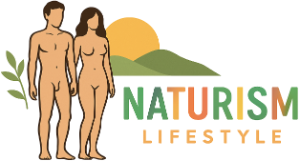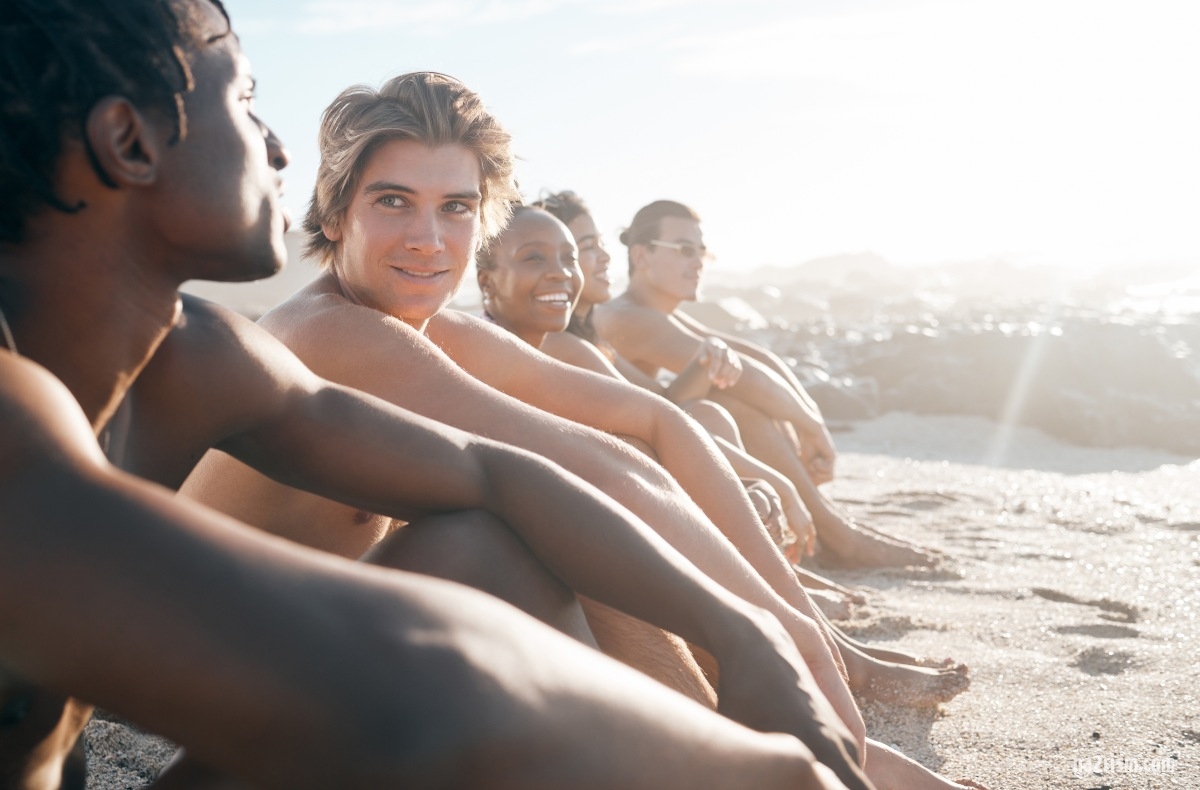When you hear the term “non-sexualized nudity”, you might wonder what exactly it entails. Simply put, it’s the practice of being nude without sexual intention or implication. This can include activities such as sunbathing, swimming, or socializing at nudist resorts or beaches. It’s about embracing comfort, body positivity, and freedom without any sexual overtones. Non-sexualized nudity is fundamentally about normalizing the human body as it naturally exists, stripped of societal taboos and sexual context.
Imagine spending a warm, sunny day at the beach without feeling constrained by clothing. You notice families, friends, and individuals relaxing, chatting, and enjoying the environment in the most natural state possible — without awkwardness or embarrassment. This scenario captures the very essence of non-sexualized nudity. It removes layers of societal conditioning, allowing people to experience an authentic form of comfort and social interaction.
Throughout history, nudity has often been depicted in various contexts, from artistic expression to everyday life. Ancient Greek and Roman societies famously celebrated the human body in its natural state, seeing it as a form of aesthetic perfection rather than something inherently sexual. The Renaissance period revived this notion, with artists portraying nude figures to highlight human beauty and form.
Fast forward to the 20th century, the rise of naturism and nudism emerged as a lifestyle that promoted a return to simplicity, health, and harmony with nature. Early naturist movements, particularly in Europe, aimed to counteract industrialization’s negative effects by emphasizing the wholesome and non-sexualized aspect of nudity.
From a psychological viewpoint, non-sexualized nudity can significantly benefit individual well-being. Engaging in naturist activities can reduce stress, anxiety, and body image insecurities. When people spend time in environments where nudity is normalized and not objectified, they often experience improved self-esteem and self-acceptance.
Dr. Emily Johnson, a clinical psychologist specializing in body image, notes, “In my practice, clients who explore non-sexualized nudity often report a profound shift in their relationship with their bodies. They move away from seeing their bodies purely through a sexual lens and begin to appreciate their bodies for their functionality, resilience, and uniqueness”.
Contemporary media is slowly adapting to portray nudity without automatically associating it with sexuality. Films, photography, and art projects increasingly challenge the stereotypical notion of nudity as erotic. For example, renowned photographer Spencer Tunick organizes mass nude photo shoots worldwide, capturing thousands of volunteers in non-sexualized, artistic compositions. His work sends a strong message: nudity doesn’t have to equate to sex; it can be an artistic and social statement about freedom and unity.
Similarly, streaming platforms and television shows are beginning to reflect this cultural shift. Documentaries exploring naturist lifestyles depict nudity as normal, everyday behavior without sexual undertones. This gradual mainstream acceptance helps dismantle taboos and educates broader audiences about the distinction between sexualized and non-sexualized nudity.
Interestingly, global perspectives on non-sexualized nudity vary dramatically. Europe, particularly countries like Germany, France, and Scandinavia, generally demonstrates openness towards nudity in public spaces like beaches, parks, and saunas. Naturism is widely accepted and legally supported, allowing people to freely engage in non-sexualized nude activities without stigma.
In contrast, the United States and many other countries maintain a more conservative stance. Public nudity is typically restricted, with designated nude areas carefully regulated. The differences often stem from deeply rooted cultural, religious, and societal beliefs about modesty and morality. However, there is a growing movement advocating for greater acceptance of non-sexualized nudity, emphasizing personal freedom and body positivity.
People’s firsthand experiences with non-sexualized nudity can be incredibly transformative. Take Mark, for instance, who shared his journey: “Initially, the thought of going to a nudist beach terrified me. But once I experienced it, I felt liberated. Nobody judged or stared; everyone was respectful and casual. It was refreshing to realize that nudity wasn’t about sex; it was simply human”.
Or consider Alice, a mother of two, who describes her family’s experiences at naturist resorts: “My children grew up visiting naturist environments, and they developed a healthy, respectful attitude towards the human body. They learned early on that nudity doesn’t equal sexuality — it’s just part of who we are”.
Despite increasing awareness, many misconceptions persist about non-sexualized nudity. Some people mistakenly assume that nudist spaces invite inappropriate behavior or are inherently sexualized environments. This misunderstanding often arises from limited exposure and education on the subject.
The reality is far different. Naturist and nudist communities have stringent etiquette and behavioral norms designed to maintain a safe, respectful atmosphere. Inappropriate or sexual behavior is strictly prohibited and quickly addressed by community members or authorities, reinforcing the non-sexual nature of these spaces.
Non-sexualized nudity aligns closely with contemporary body positivity and acceptance movements. By promoting the natural form of human bodies as inherently normal and worthy of acceptance, these movements challenge unrealistic beauty standards perpetuated by society and media.
Celebrities, influencers, and activists regularly use non-sexualized nudity to deliver powerful messages about self-love and body acceptance. Lizzo, an American singer and body positivity advocate, openly embraces non-sexualized nudity in her social media posts, reinforcing that nudity does not always equate to sexuality but rather to personal freedom and confidence.
Interestingly, non-sexualized nudity can positively impact interpersonal relationships by fostering honesty and openness. When nudity is stripped of sexual implications, people tend to interact more genuinely. There’s less pretense, less focus on superficial appearances, and a greater emphasis on meaningful connections.
For instance, couples who participate in naturist activities often report strengthened bonds and improved communication. The shared vulnerability of nudity, absent of sexual context, allows individuals to connect on deeper emotional levels, enhancing trust and intimacy.
Ultimately, non-sexualized nudity reconnects us with our essential humanity. It reminds us that nudity, in its purest form, is natural, wholesome, and inherently human. By shedding societal constructs that equate nudity strictly with sexuality, we open doors to healthier self-perception, enhanced social interactions, and greater personal freedom.
As societies evolve, understanding and embracing non-sexualized nudity becomes increasingly important. By recognizing the distinction between sexuality and nudity, we can foster environments that celebrate the human body without shame or judgment, paving the way toward a more open, inclusive, and healthy society.

